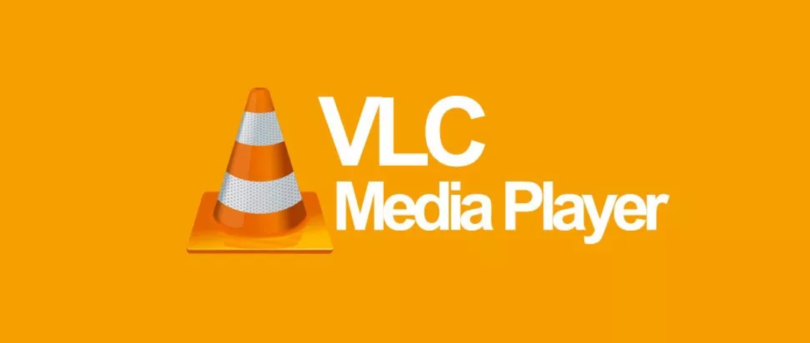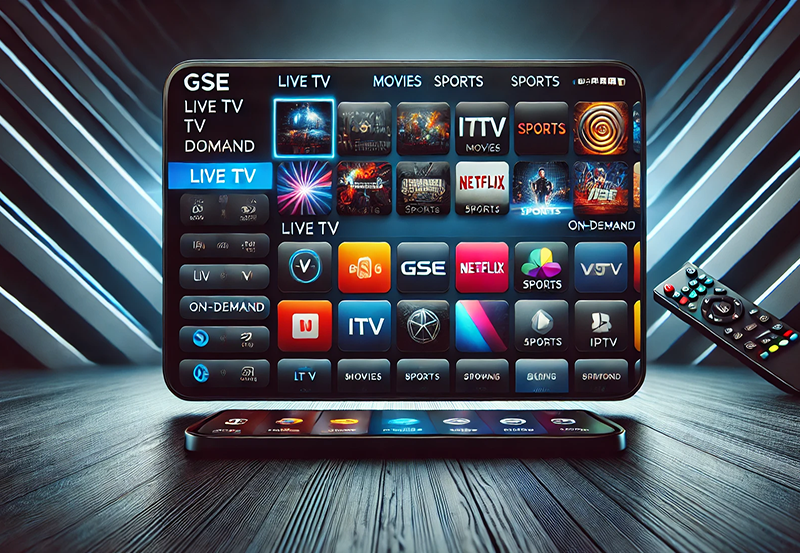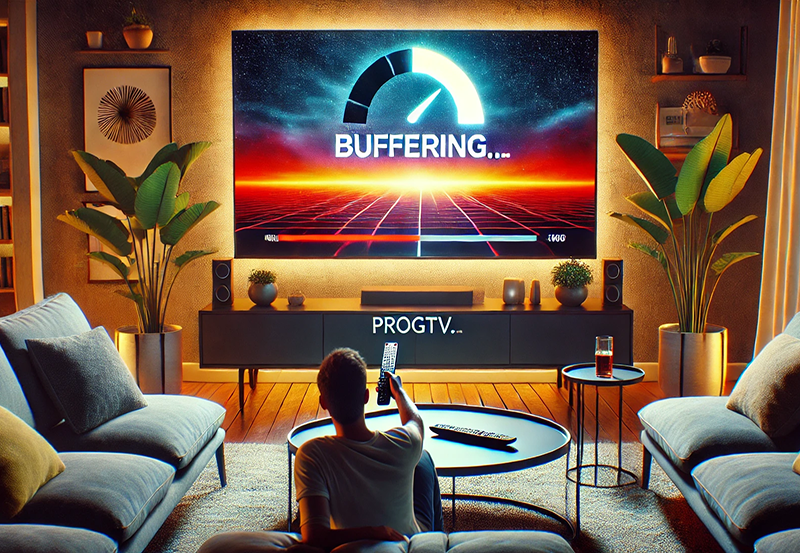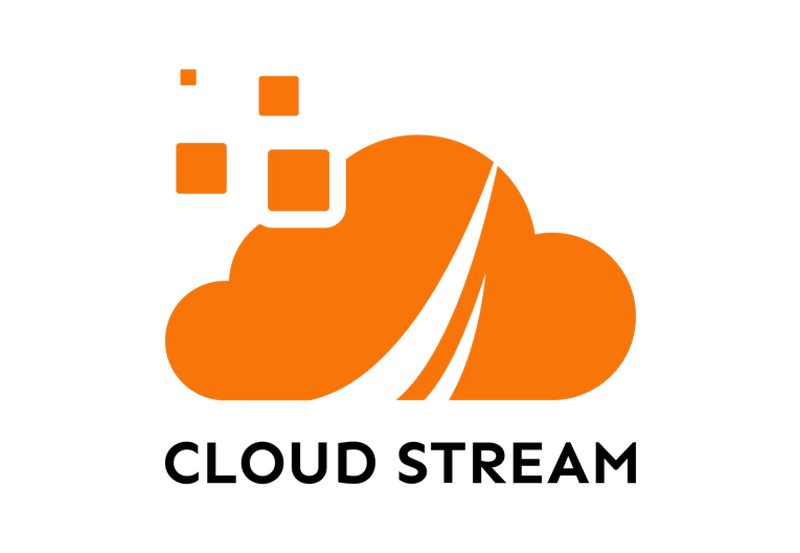We’ve all been there—settling down to watch your favorite show through an IPTV service, only to be interrupted by maddening buffering. You’re not alone. Bandwidth constraints are a significant challenge in the world of IPTV streaming, especially with VLC, which is popular but not without its quirks. How do we navigate these hurdles to unlock the ultimate IPTV experience? Let’s dive into some strategies and solutions tailored for both IPTV providers and users seeking the best IPTV deals.
Understanding the Basics: What is VLC IPTV Streaming?
First off, let’s get the basics sorted. VLC Media Player isn’t just a video player; it’s a versatile tool capable of streaming IPTV content. But why is it so popular? Well, its flexibility and wide codec support make it an excellent choice for IPTV streaming. Despite its capabilities, users often encounter issues primarily due to bandwidth limitations. Knowing these constraints helps us better appreciate the challenges at hand.
The Role of VLC in IPTV Streaming
VLC’s adaptability is unrivaled. It handles various media types and network streaming protocols with ease. Its open-source nature means continuous updates and improvements come from a dedicated community. However, all this capability requires a solid network foundation to function smoothly without hitches. Bandwidth availability becomes a critical factor, complicating the user experience if not managed correctly.
Pro Suggestion:
Access global live TV with Calma Hub IPTV, designed for seamless streaming across all your favorite devices.
Key Features of IPTV Streaming via VLC
Using VLC for IPTV streaming isn’t just plug-and-play. It requires an informed approach to unleash its full potential. Here are some pivotal features:
- Compatibility: Compatible with various operating systems and devices.
- Customization: Allows detailed playback customization, enhancing user experience.
- Open Source: Freely available, perpetually improving with updates.
Potential Pitfalls of Bandwidth Constraints
While the appeal of VLC is undeniable, it’s crucial to acknowledge where things might go wrong. IPTV streaming can be a data-heavy task, often leading to bandwidth bottlenecks. Every pixel and sound byte requires a sliver of your network’s capacity. Thus, inadequate bandwidth can result in poor video quality, lagging, or complete playback interruption.
Tackling Bandwidth Issues Head-On
So, you’re eager to stream smoothly without interruptions. Tackling bandwidth constraints requires a strategic approach, whether you’re an IPTV provider or an end-user. Here’s how you can optimize your experience and ensure your network handles the demand:
For IPTV Providers: Optimizing Content Delivery
IPTV providers play a pivotal role in user experience. Optimizing content delivery is critical. Consider CDN (Content Delivery Networks) to distribute data more efficiently and reduce load times. Furthermore, adaptive bitrate streaming can adjust quality in real-time based on the user’s bandwidth. Prioritizing these strategies can significantly improve service delivery.
End-User Strategies: Enhancing Your Streaming Experience
End-users aren’t powerless either. Here’s what you can do:
- Upgrade Your Internet Plan: Higher bandwidth capacity helps prevent disruption.
- Optimize Wi-Fi: Position your router centrally and limit other devices accessing the network simultaneously.
- Use Wired Connections: Ethernet cables generally provide more stable connections than wireless setups.
Choosing the Right Internet Service Providers
Seek out the best IPTV deals that promise high-speed internet. Opt for plans specifically catering to heavy streaming needs. Look for providers offering consistent service without throttling during peak hours. It’s essential to choose the right service partner to enhance your IPTV experience.
VLC Settings Adjustments: A Deep Dive
Adjusting VLC settings can be a game-changer when dealing with bandwidth constraints. Minor tweaks can lead to significant improvements in streaming quality and stability. Here’s how you can make VLC work for you:
Video and Audio Preferentials
Kick-off with tailoring video and audio settings. Lower the resolution slightly if bandwidth is an issue. Adjust audio quality to medium if you need to conserve more bandwidth for visuals. These minor adjustments can significantly reduce the data load.
Network Cache Adjustment
Buffer issues often relate to the cache settings of VLC. Increase the network cache to allow more buffering time, diminishing the risk of interruptions due to fluctuating bandwidth. Experiment with cache sizes to find what suits your network capabilities best.
Advanced Network Protocol Adjustments
Dive into advanced settings if you’re tech-savvy. VLC allows manual adjustment of various network protocols. Experiment with TCP rather than UDP for stability, depending on your network’s specifics. Always revert to default if your experimentation doesn’t yield improvements.
Leveraging Technology to Overcome Streaming Limits
While adjusting personal settings is helpful, broader technology solutions also offer ways to manage bandwidth constraints. From cloud streaming services to cutting-edge network solutions, explore these advancements to further enhance your IPTV experience.
Cloud-Based Streaming Assistance
Cloud streaming transcends local bandwidth issues. IPTV services are increasingly offering cloud-based solutions that rely less on your local bandwidth, paving the way for smoother streaming experiences even during high network traffic.
Advancement with 5G and Beyond
As telecom giants continue to roll out 5G, expect a substantial leap in mobile IPTV streaming capabilities. 5G promises high-speed streaming with minimal latency, alleviating the need for extensive bandwidth on conventional networks. It’s the path forward.
Adaptive Bitrate Technologies
This dynamic streaming technology modifies the quality of the video stream in real-time, balancing between bandwidth limitations and providing a seamless viewing experience. It’s a must-adapt strategy for both providers and savvy users.
Exploring the Future: What’s Next for VLC IPTV Streaming?
The landscape of IPTV is evolving, and so is VLC’s role within it. Staying abreast of emerging trends and adapting to new technologies will be crucial for those looking to unlock the ultimate IPTV experience.
Integration with AI and Machine Learning
AI enhancements in streaming platforms are providing smarter buffering solutions and bandwidth adjustments. In the future, expect VLC and other platforms to integrate AI to preemptively adapt to network fluctuations, ensuring smooth streaming experiences.
Enhanced Licensing and Content Agreements
As IPTV continues to grow, content providers are forging new partnerships to expand their offerings. These licensing agreements promise a rich variety of content and an increased availability of high-quality streams without additional bandwidth strain.
Community and Open-Source Contributions
The strength of VLC depends heavily on its vibrant community. Continued open-source contributions mean faster bug fixes, new features, and, importantly, optimizations that address bandwidth concerns. The future is bright with community support.
The Unsung Heroes: User Commitment
Ultimately, overcoming the challenges of IPTV streaming with VLC comes down to user commitment. Staying informed, tweaking settings, and embracing new technologies are critical components. Users who actively manage their set-up will enjoy IPTV’s vast potential.
Engagement with Service Providers
Communication is vital. Engage with your IPTV service provider when experiencing issues. They can offer insights and provide adjustments tailored specifically for your setup. Together, both the provider and the user form a symbiotic relationship, optimizing the viewing experience.
Continual Learning and Adaptation
As technology evolves, staying informed becomes imperative. Continuously learn about new tools, updates, and patches that can enhance your IPTV experience. A proactive approach ensures you remain ahead of any potential streaming hiccups.
FAQs About IPTV and VLC Bandwidth Solutions

1. What is the minimum internet speed for smooth IPTV streaming?
You’ll generally need at least 5 Mbps for standard definition, but for HD or 4K, aim for 25 Mbps or higher. Remember, simultaneous device usage can affect this.
2. Can adjusting VLC settings alone fix all buffering issues?
Not always. While VLC adjustments help, overall network optimization and ensuring sufficient bandwidth are crucial factors that also need addressing.
3. Are there any downsides to using Ethernet over Wi-Fi for IPTV?
Ethernet provides a more stable connection than Wi-Fi, reducing interference. However, wiring might be less flexible, especially in larger homes.
4. Is cloud streaming a reliable solution for overcoming bandwidth issues?
Yes! Cloud streaming significantly reduces the local network demand, making it a viable solution for many facing bandwidth problems.
5. How often should I update VLC to ensure optimal performance?
Frequent updates are advised, as new versions often fix bugs and improve compatibility, directly impacting performance stability.
6. Will 5G make a significant difference in VLC IPTV streaming?
Absolutely. 5G’s increased speed and reduced latency can revolutionize mobile IPTV streaming, offering a near-seamless experience.
7. What should I look for in an IPTV provider to minimize bandwidth issues?
Look for providers with high-speed internet plans, good customer service, and those utilizing CDNs and adaptive bitrate technologies for efficient streaming.
Why Is My IPTV Buffering? Common Causes Explained





